We put the Vivo iQOO 9 Pro through our rigorous DXOMARK Audio test suite to measure its performance both at recording sound using its built-in microphones, and at playing audio back through its speakers.
In this review, we will break down how it fared in a variety of tests and several common use cases.
Overview
The Vivo iQ00 9 Pro is aimed at gamers, with gameplay sensors built into the frame and a vapor-cooling chamber. It has two speakers, one at the top front and one bottom side. Its global score of 67 is just a slight improvement over the last device we tested in the same line, the iQ00 7 Legend, which earned a 66. As a playback device, the iQ009 lacks low-end and bass and does not sound very good at maximum volume, with a lot of artifacts among other problems. It works best when listening to podcasts or other vocal content at lower volumes. Spatial performance is a high point — with localizability that is a plus for gamers. As a recording device, the Vivo smartphone is functional but its timbre lacks bass as well as high-end and is overall not pleasing to the ear. It does a good job when using the memo app. It doesn’t work as well when recording in loud environments.
Key audio specifications include:
- Stereo speakers, top front & bottom side
- No headphone jack
Scoring
Sub-scores and attributes included in the calculations of the global score.
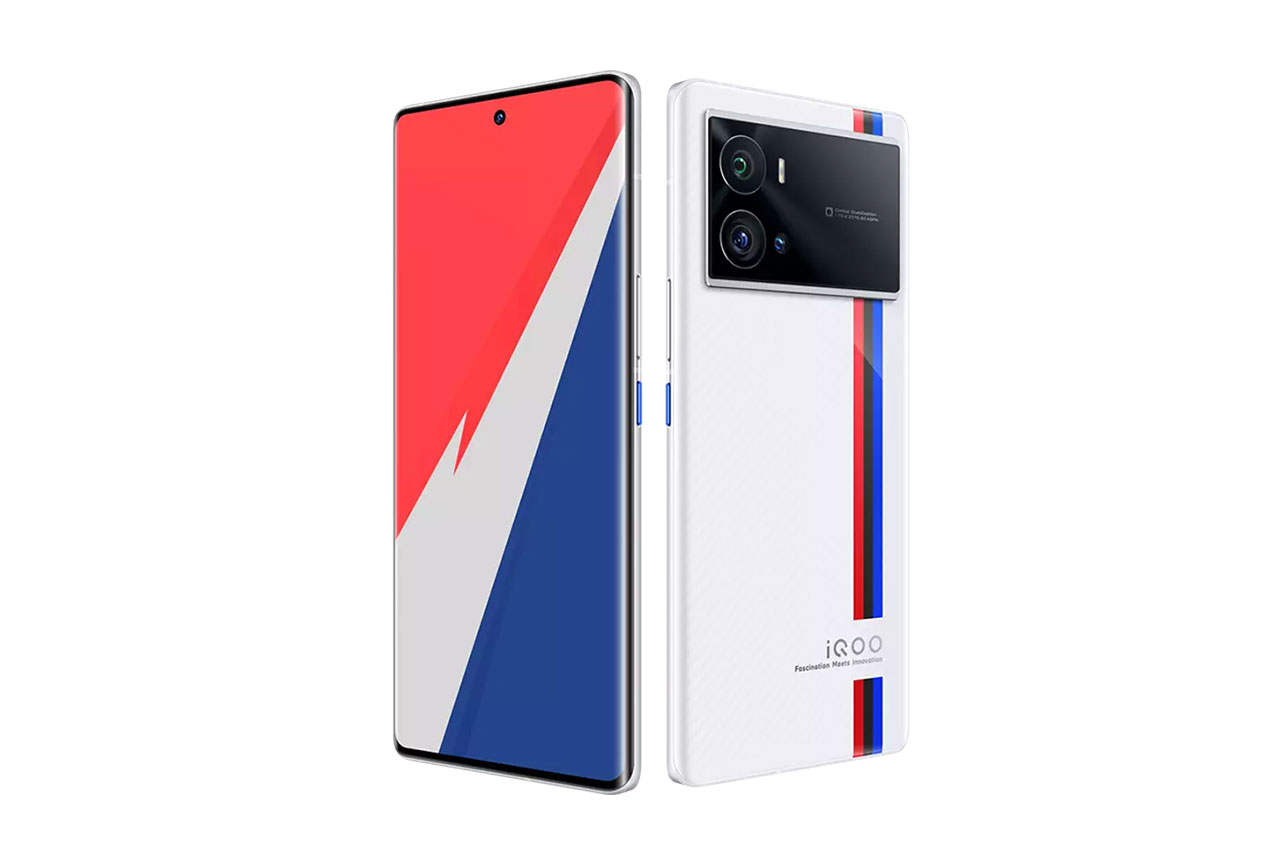
Vivo iQOO 9 Pro


 125th
125th 35th
35thPlayback
Pros
- Good wideness
- Tonal balance is preserved at soft volume
Recording
Pros
- Good tonal balance when using memo app
- Good intelligibility of voices in all apps, despite uneven tonal balance
- Good wideness in life videos
Cons
- Unrealistic background due to compression in selfie videos
- Narrow wideness in selfie video
- Aggressive tonal balance in high sound-pressure scenario
Test summary
About DXOMARK Audio tests: For scoring and analysis in our smartphone audio reviews, DXOMARK engineers perform a variety of objective tests and undertake more than 20 hours of perceptual evaluation under controlled lab conditions.
(For more details about our Playback protocol, click here; for more details about our Recording protocol, click here.)
The following section gathers key elements of our exhaustive tests and analyses performed in DXOMARK laboratories. Detailed performance evaluations under the form of reports are available upon request. Do not hesitate to contact us.
Playback
Vivo iQOO 9 Pro
163
DXOMARK engineers test playback through the smartphone speakers, whose performance is evaluated in our labs and in real-life conditions, using default apps and settings.
As a playback device, the iQOO 9 Pro is average overall, with its best qualities most evident at low volumes. Louder volumes bring its worst qualities to the fore. Although there have been some improvements from the iQOO 7, the 9 Pro still lacks low end and bass, and the top of the high end is limited as well. Midrange is inconsistent, with resonances in the lower midrange that impair lower vocals and some music. In dynamics, bass precision has been improved thanks to the slightly extended tonal balance. Attack is generally rounded and punch is average. Spatial performance is a bright point, with good wideness that aids localizability. Worth noting: The sound scene doesn’t rotate if you aren’t holding it top-down in landscape mode. While the volume performance is average, the minimum step is not loud enough and the top three steps are basically the same. When played at max volume, the Vivo device produces a lot of compression, distortion, and pumping.
Listen to the tested smartphone’s playback performance in this comparison with some of its competitors:

Timbre
Vivo iQOO 9 Pro
158
The Timbre score represents how well a phone reproduces sound across the audible tonal range and takes into account bass, midrange, treble, tonal balance, and volume dependency. It is the most important attribute for playback.

Dynamics
Vivo iQOO 9 Pro
149
The Dynamics score measures the accuracy of changes in the energy level of sound sources, for example how precisely a bass note is reproduced or the impact sound from drums.

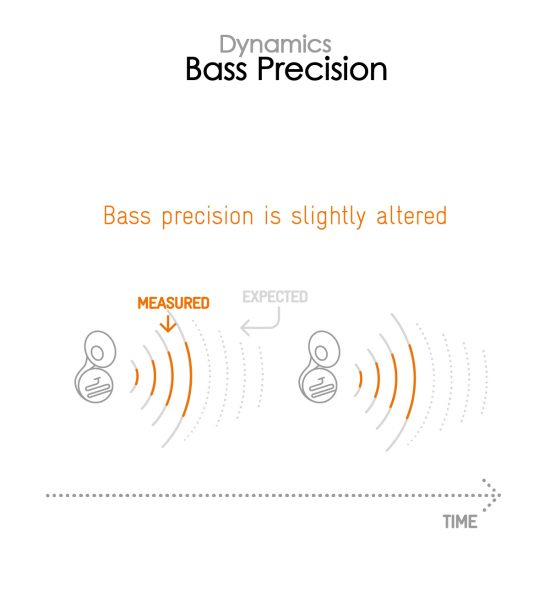

Spatial
Vivo iQOO 9 Pro
162
The sub-attributes for spatial tests include pinpointing a specific sound's location, its positional balance, distance, and wideness.
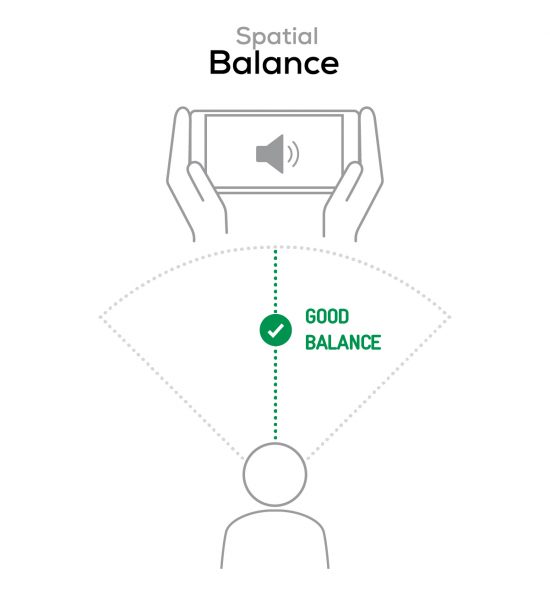
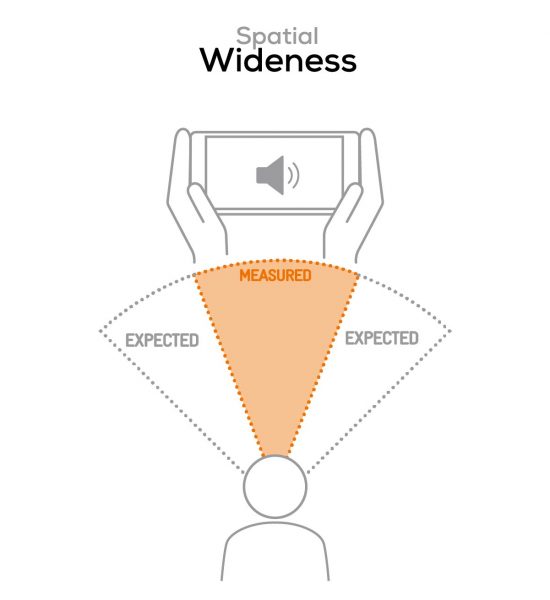

Volume
Vivo iQOO 9 Pro
162
The Volume score represents the overall loudness of a smartphone and how smoothly volume increases and decreases based on user input.
| Hip-Hop | Classical | |
| Vivo iQOO 9 Pro | 73.1 dBA | 73.7 dBA |
| Vivo iQOO 7 Legend | 71.6 dBA | 70.2 dBA |
| Samsung Galaxy S22 (Exynos) | 73.8 dBA | 68.7 dBA |

Artifacts
Vivo iQOO 9 Pro
157
The Artifacts score measures the extent to which the sound is affected by various types of distortion. The higher the score, the less the disturbances in the sound are noticeable. Distortion can occur because of sound processing in the device and because of the quality of the speakers.
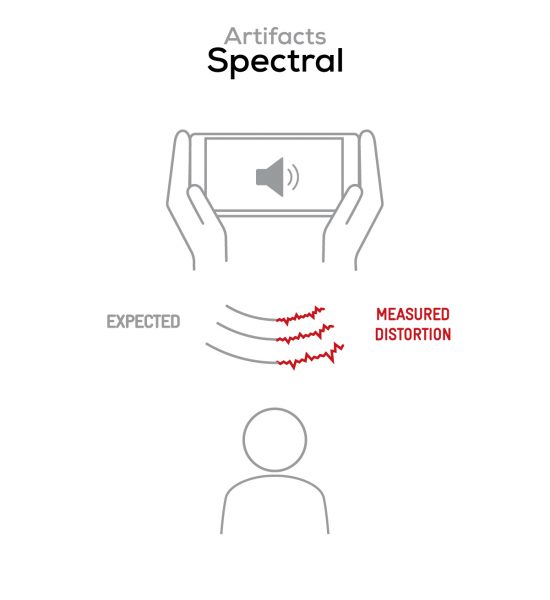

Recording
Vivo iQOO 9 Pro
160
DXOMARK engineers test recording by evaluating the recorded files on reference audio equipment. Those recordings are done in our labs and in real-life conditions, using default apps and settings.
Here is how the Vivo iQOO 9 Pro performs in recording use cases compared to its competitors:

Timbre
Vivo iQOO 9 Pro
147
The Timbre score represents how well a phone captures sounds across the audible tonal range and takes into account bass, midrange, treble, and tonal balance. It is the most important attribute for recording.

Dynamics
Vivo iQOO 9 Pro
146
The Dynamics score measures the accuracy of changes in the energy level of sound sources, for example how precisely a voice's plosives (the p's, t's and k's, for example) are reproduced. The score also considers the Sound-to-Noise Ratio (SNR), for example how loud the main voice is compared to the background noise.

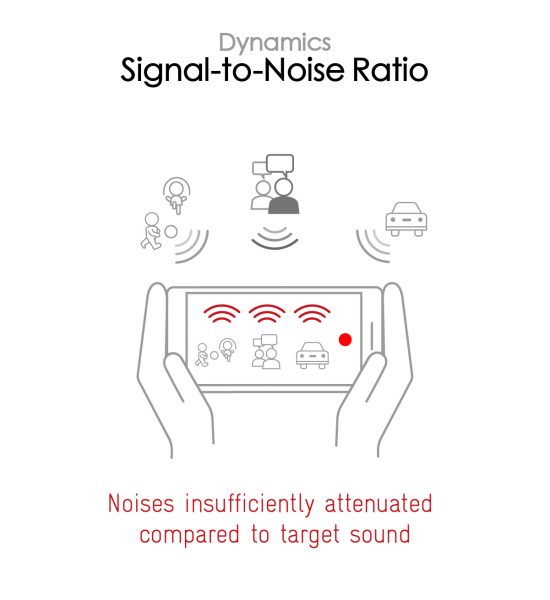

Spatial
Vivo iQOO 9 Pro
159
The sub-attributes for spatial tests include pinpointing a specific sound's location, its positional balance, distance, and wideness on the recorded audio files.

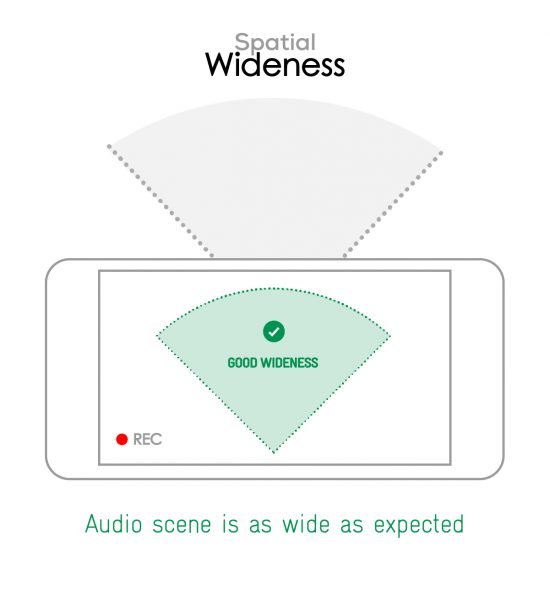

Volume
Vivo iQOO 9 Pro
170
The Volume score represents how loud audio is normalized on the recorded files and the how the device handles loud environments, such as electronic concerts, when recording.
| Meeting | Life Video | Selfie Video | Memo | |
| Vivo iQOO 9 Pro | -24.8 LUFS | -20.7 LUFS | -20 LUFS | -20.7 LUFS |
| Vivo iQOO 7 Legend | -33.9 LUFS | -29.3 LUFS | -27.2 LUFS | -28.8 LUFS |
| Samsung Galaxy S22 (Exynos) | -28.9 LUFS | -21.4 LUFS | -21.2 LUFS | -24.2 LUFS |

Artifacts
Vivo iQOO 9 Pro
145
The Artifacts score measures the extent to which the recorded sounds are affected by various types of distortions. The higher the score, the less the disturbances in the sound are noticeable. Distortions can occur because of sound processing in the device and the quality of the microphones, as well as user handling, such as how the phone is held.

Background
Vivo iQOO 9 Pro
166
Background evaluates how natural the various sounds around a voice blend into the video recording file. For example, when recording a speech at an event, the background should not interfere with the main voice, yet it should provide some context of the surroundings.

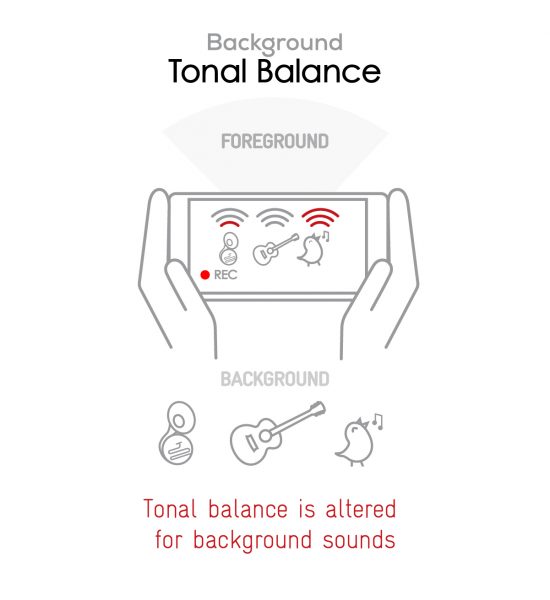


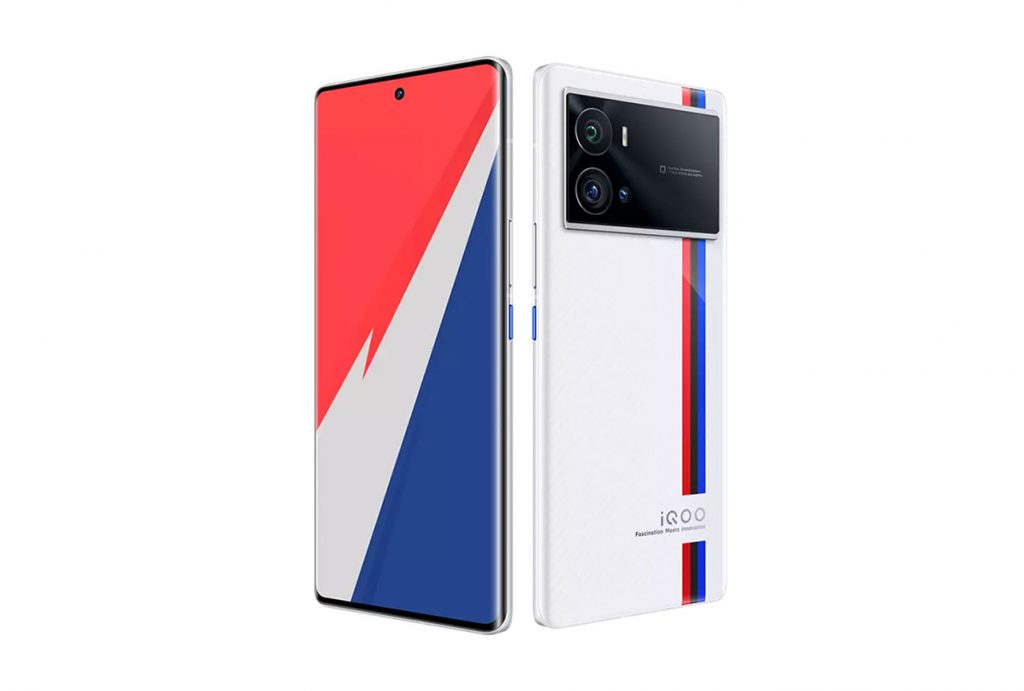
DXOMARK encourages its readers to share comments on the articles. To read or post comments, Disqus cookies are required. Change your Cookies Preferences and read more about our Comment Policy.